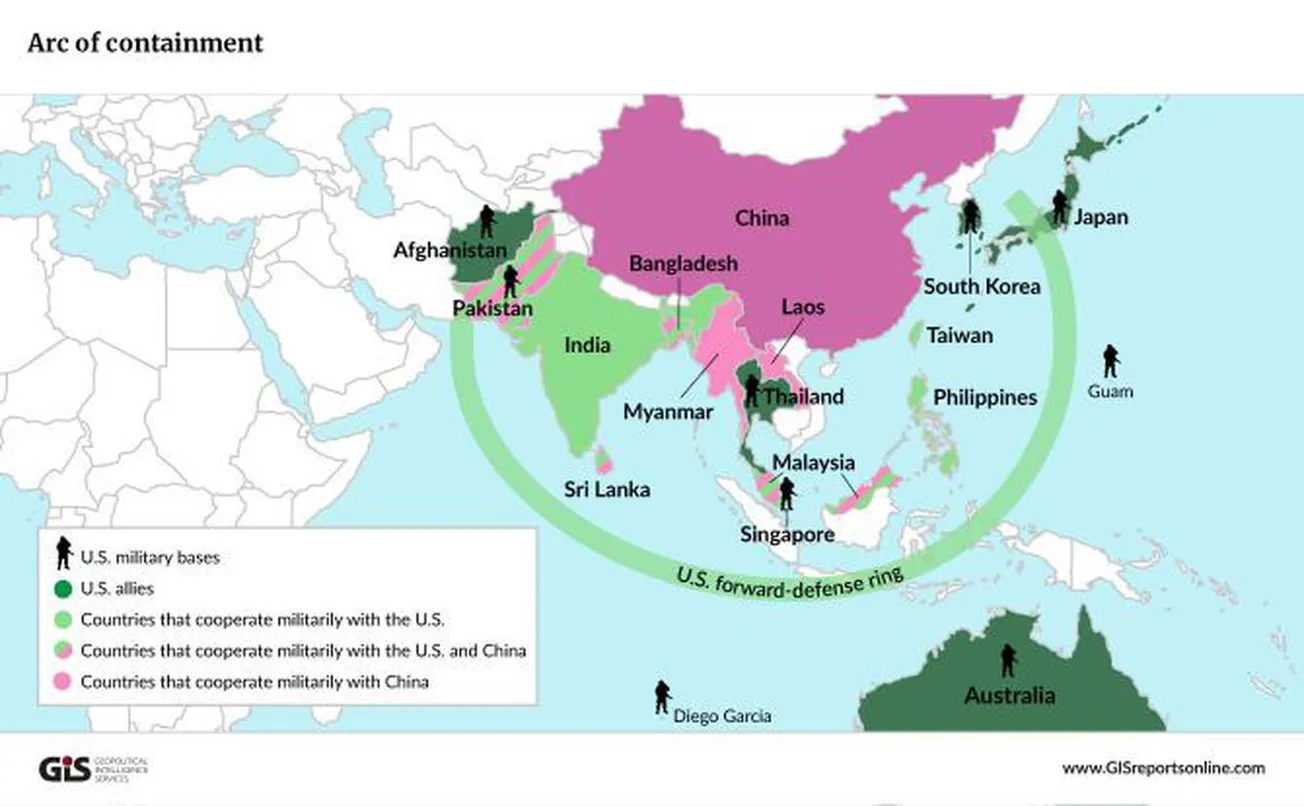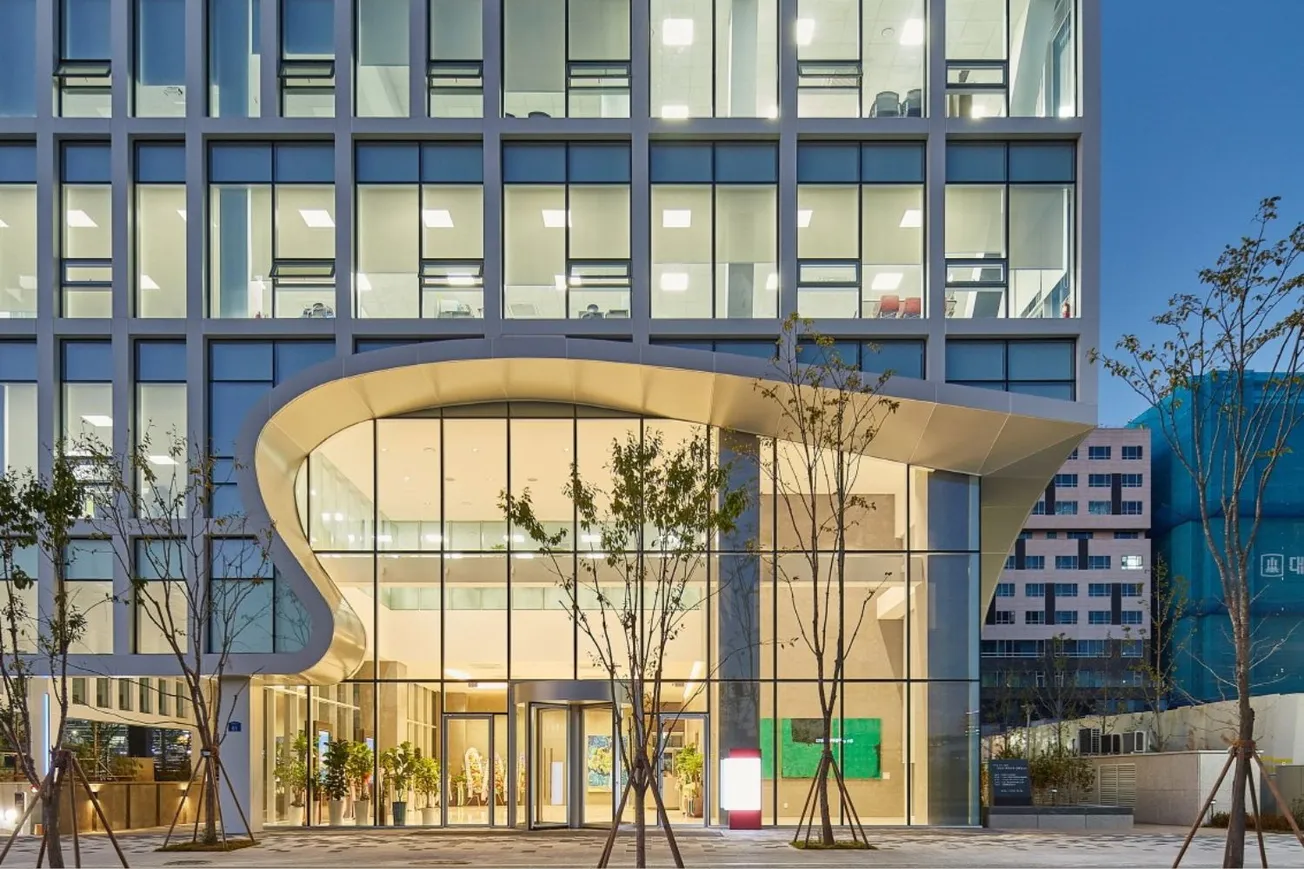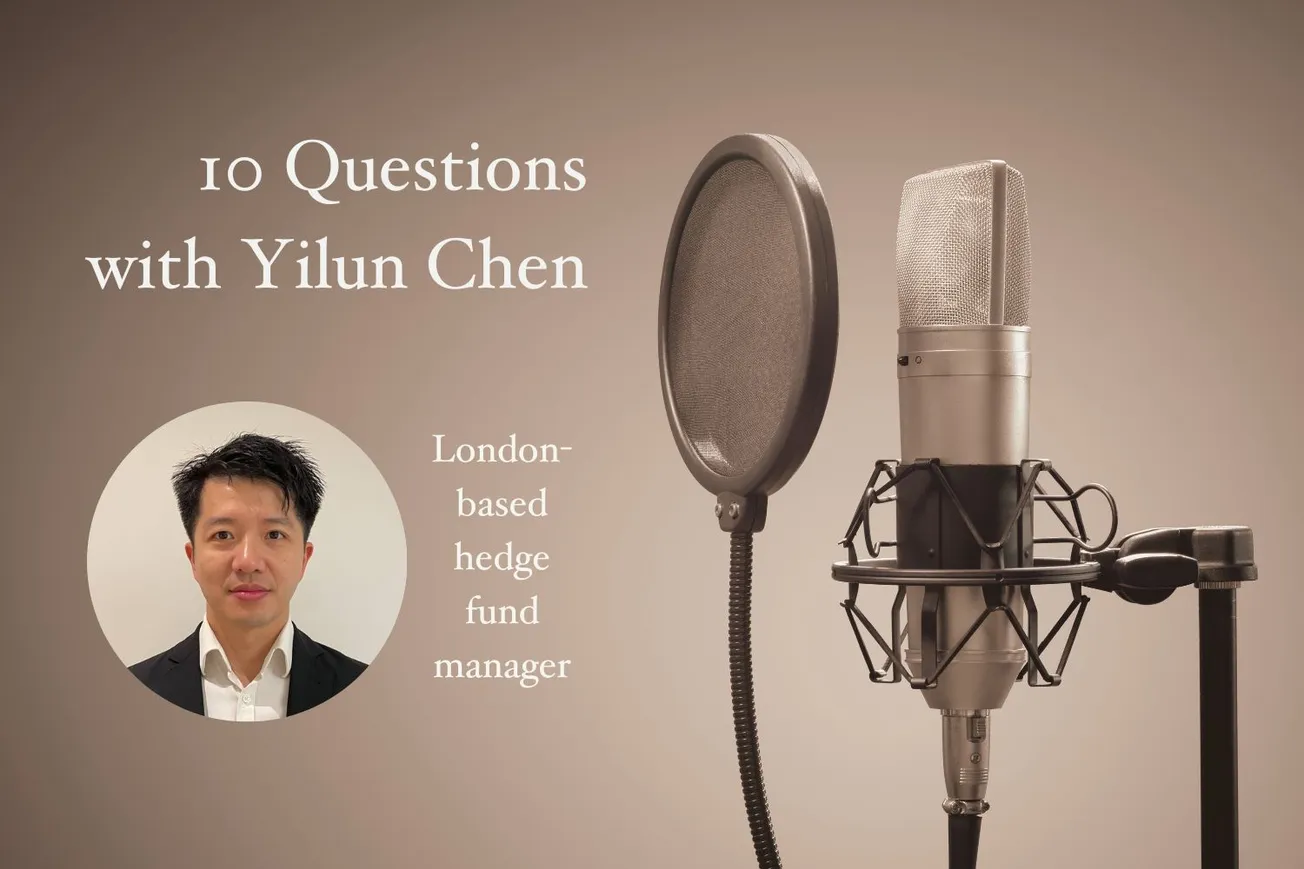Mapping Asia's defense industry

Latest




Tai Cheung (88 HK) — 2025 update
Hong Kong residential property developer at 0.33x book and 7% dividend yield





Hong Kong residential property developer at 0.33x book and 7% dividend yield